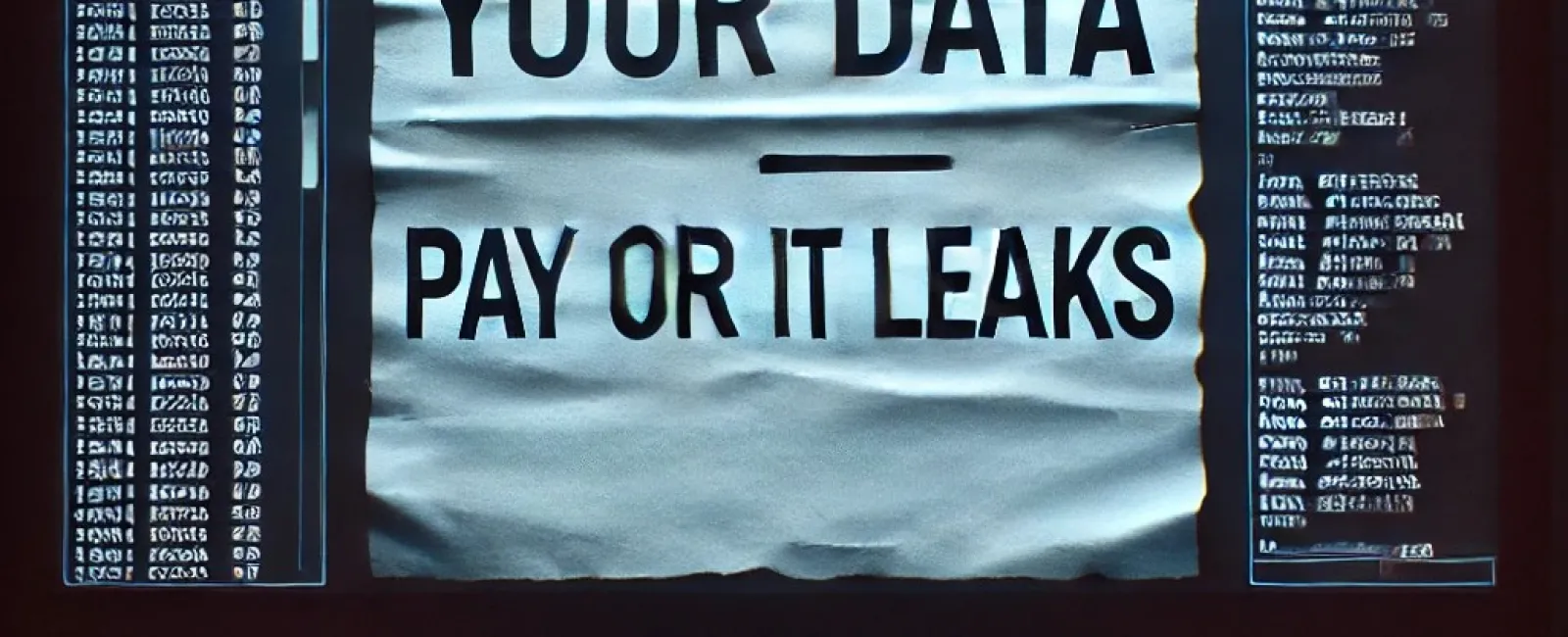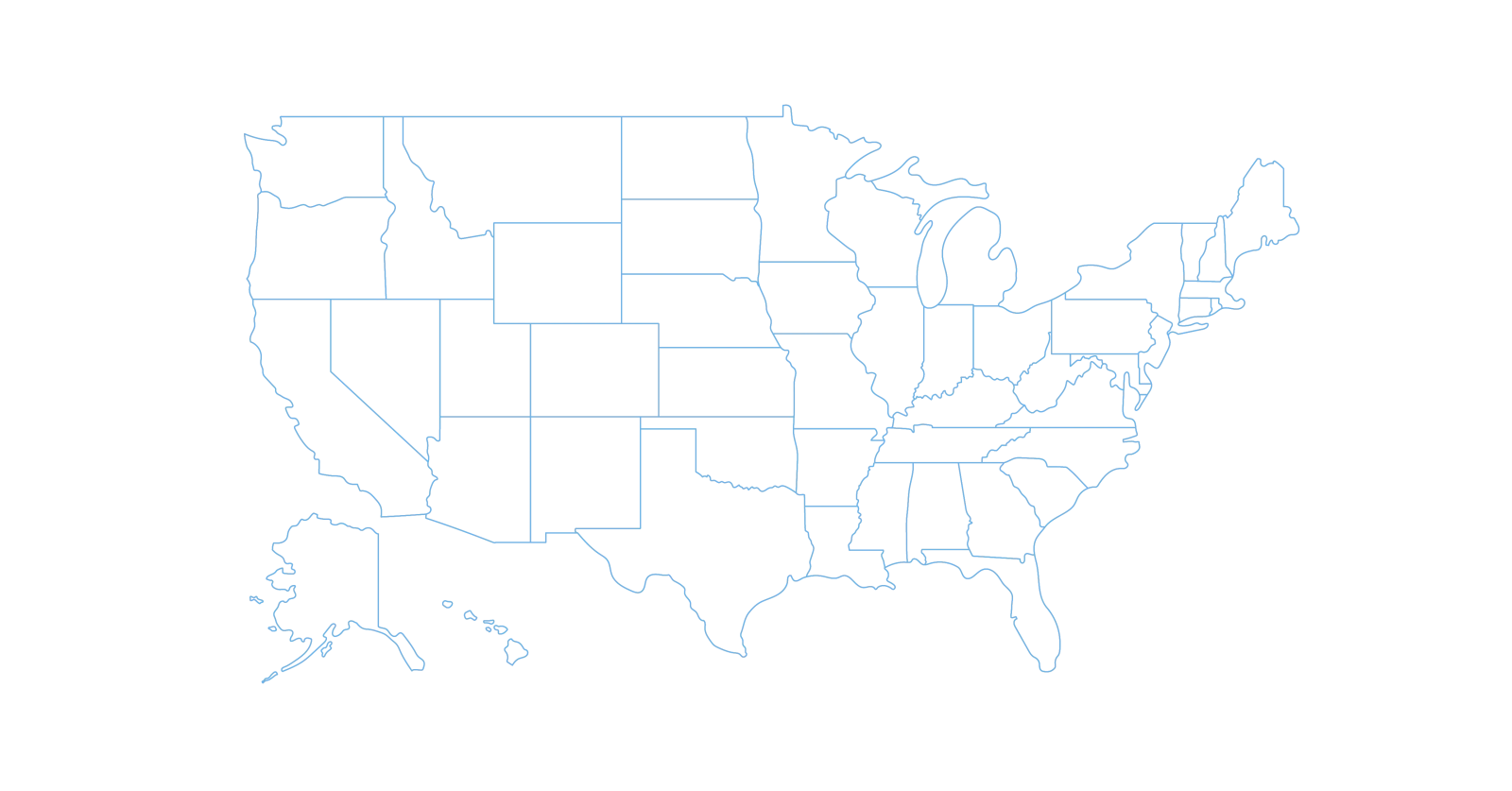April 21, 2025
Think ransomware is your worst nightmare? Think again.
Mac-based hardware users face a new and potentially more devastating threat than traditional ransomware: data extortion. This emerging tactic is changing the cybersecurity landscape for businesses relying on Apple devices.
Here's how it works on Mac systems: Instead of encrypting files, hackers steal sensitive data directly from your Mac environment—whether it's Mac desktops, MacBooks, or Mac servers—and threaten to release it publicly unless you pay a ransom. There are no decryption keys or file restorations involved. The real fear comes from the possibility of your confidential information being exposed online, causing severe reputational and legal consequences.
This alarming trend is growing fast. In 2024, over 5,400 extortion-based attacks were reported worldwide, an 11% increase from the previous year (Cyberint). Mac users are not immune, especially as attackers increasingly target vulnerabilities specific to macOS and Mac hardware.
The Rise Of Data Extortion On Mac: No Encryption Necessary
The traditional ransomware model that locks you out of your files is being bypassed. Hackers targeting Mac systems now prefer data extortion because it's faster, simpler, and more profitable.
How it works on Mac hardware:
- Data Theft: Cybercriminals infiltrate your Mac network, using sophisticated macOS-specific exploits or phishing attacks aimed at Mac users, to steal sensitive files such as client data, employee records, and intellectual property stored locally or in cloud services accessed via Mac devices.
- Extortion Threats: Instead of encrypting files, hackers threaten to leak stolen data unless you pay a ransom.
- No Decryption Needed: Since no encryption occurs, there are no keys to provide, making traditional ransomware defenses ineffective on Mac systems.
Why Data Extortion Is More Dangerous For Mac Users
Mac hardware is often seen as more secure by default, but data extortion introduces unique risks:
1. Reputational Damage And Loss Of Trust
Mac users, especially creative agencies, startups, and businesses relying on Apple's ecosystem, often handle sensitive client data. A leak can irreparably damage trust and reputation.
2. Regulatory Nightmares
Mac-using businesses must comply with regulations like GDPR or HIPAA. Data leaks from Mac systems can trigger costly penalties.
3. Legal Fallout
Leaked data from Mac devices could result in lawsuits from clients or employees, with legal fees potentially devastating smaller companies.
4. Endless Extortion Cycles
Since hackers retain stolen data copies, Mac users may face repeated extortion attempts long after an initial payment.
Why Hackers Are Targeting Macs Without Encryption
Hackers find targeting Mac hardware without encryption more efficient and profitable:
- Faster Attacks: Mac malware and phishing campaigns can quickly extract data without the time-consuming encryption process.
- Harder To Detect: Data theft can masquerade as normal Mac network activity, evading traditional Mac antivirus and endpoint protections.
- More Pressure On Victims: Threats to leak sensitive Mac-stored data create emotional pressure to pay ransoms.
Traditional Mac Defenses Aren't Enough
Standard Mac security tools like Gatekeeper, XProtect, and basic firewall settings focus on preventing malware infection and encryption but don't stop data theft.
Hackers are:
- Using Mac-specific infostealers to harvest credentials and access sensitive files.
- Exploiting cloud storage apps commonly used on Macs to exfiltrate data.
- Masking data exfiltration as legitimate network traffic from Mac devices.
AI-powered attacks are accelerating these threats on Mac environments.
How To Protect Your Mac-Based Business From Data Extortion
To defend Mac hardware against data extortion, update your cybersecurity strategy:
1. Zero Trust Security Model For Macs
Treat every Mac device and user as a potential threat.
- Enforce strict identity and access management (IAM) tailored for macOS.
- Use multifactor authentication (MFA) across all Mac user accounts.
- Continuously monitor and validate Mac devices connecting to your network.
2. Advanced Threat Detection And Data Leak Prevention (DLP) For Mac
Deploy AI-driven monitoring tools designed to detect unusual data transfers from Mac systems.
- Identify and block unauthorized access or data exfiltration in real time.
- Monitor cloud services accessed via Macs for suspicious activity.
3. Encrypt Sensitive Data On Mac Devices
Even if data is stolen from Macs, strong encryption renders it useless.
- Use macOS-native encryption tools like FileVault for data at rest.
- Employ secure communication protocols for data in transit.
4. Regular Backups And Disaster Recovery For Mac Environments
Backups won't prevent data theft but ensure quick restoration after an attack.
- Use offline and encrypted backups compatible with Mac hardware.
- Regularly test backups on Mac devices to confirm reliability.
5. Security Awareness Training Focused On Mac Users
Educate employees using Macs on phishing and social engineering tactics targeting macOS.
- Teach them to recognize suspicious emails and links.
- Promote strict access and data-sharing protocols specific to Mac workflows.
Are Your Mac Systems Ready For The Next Generation Of Cyberattacks?
Data extortion is a growing threat that bypasses traditional Mac ransomware defenses. Hackers have developed new ways to pressure businesses using Mac hardware into paying ransoms.
Don't wait until your Mac-stored data is compromised. Strengthen your defenses now to protect your business and reputation.Start with a FREE 15-Minute Discovery Call. Our cybersecurity experts will evaluate your current defenses, identify vulnerabilities and implement proactive measures to protect your sensitive information from data extortion.
Click here or give us a call at 877-622-7911 to schedule your FREE 15-Minute Discovery Call today!
Cyberthreats are evolving. Isn't it time
your cybersecurity strategy evolved too?











